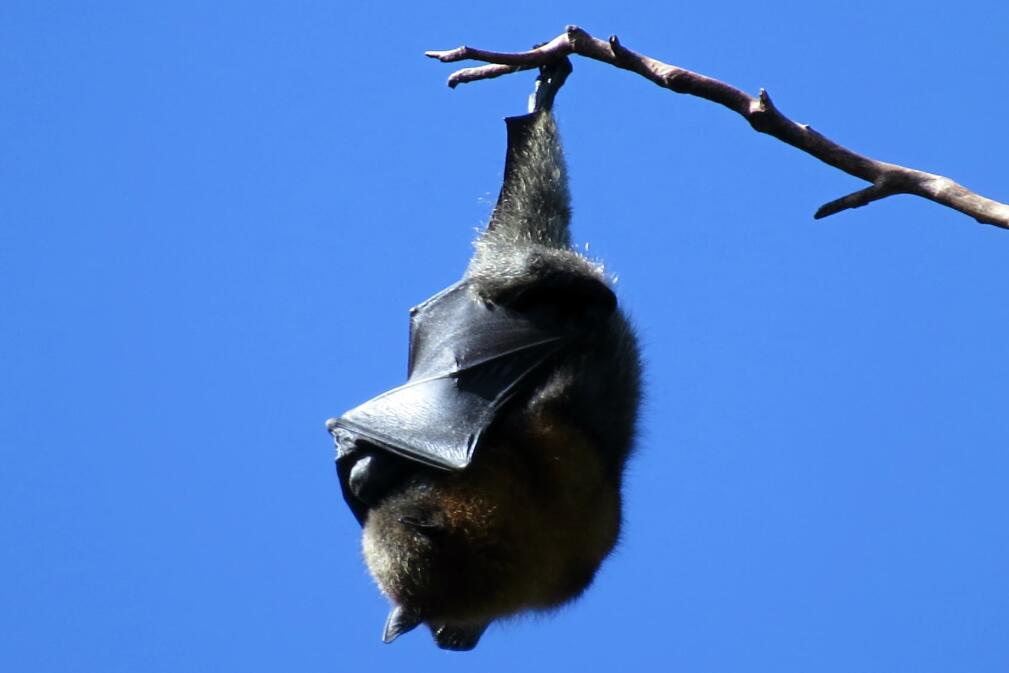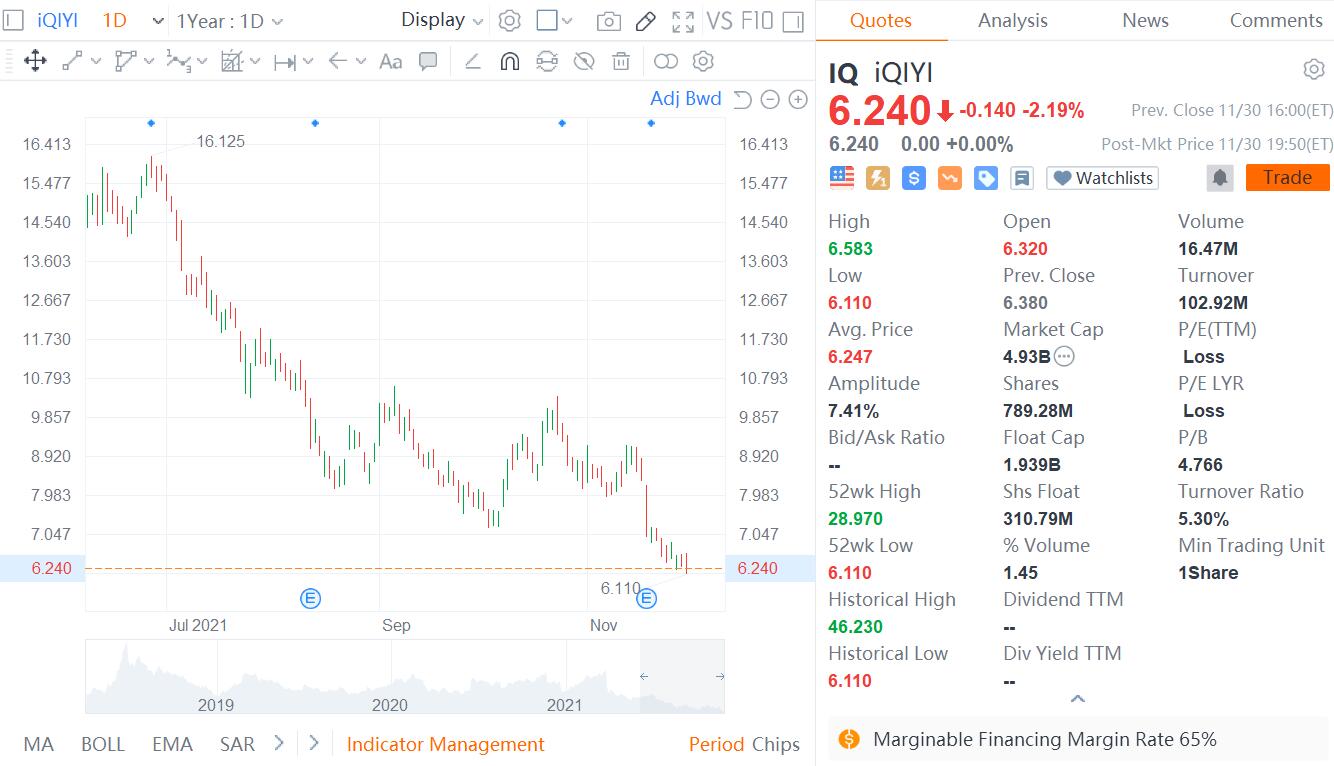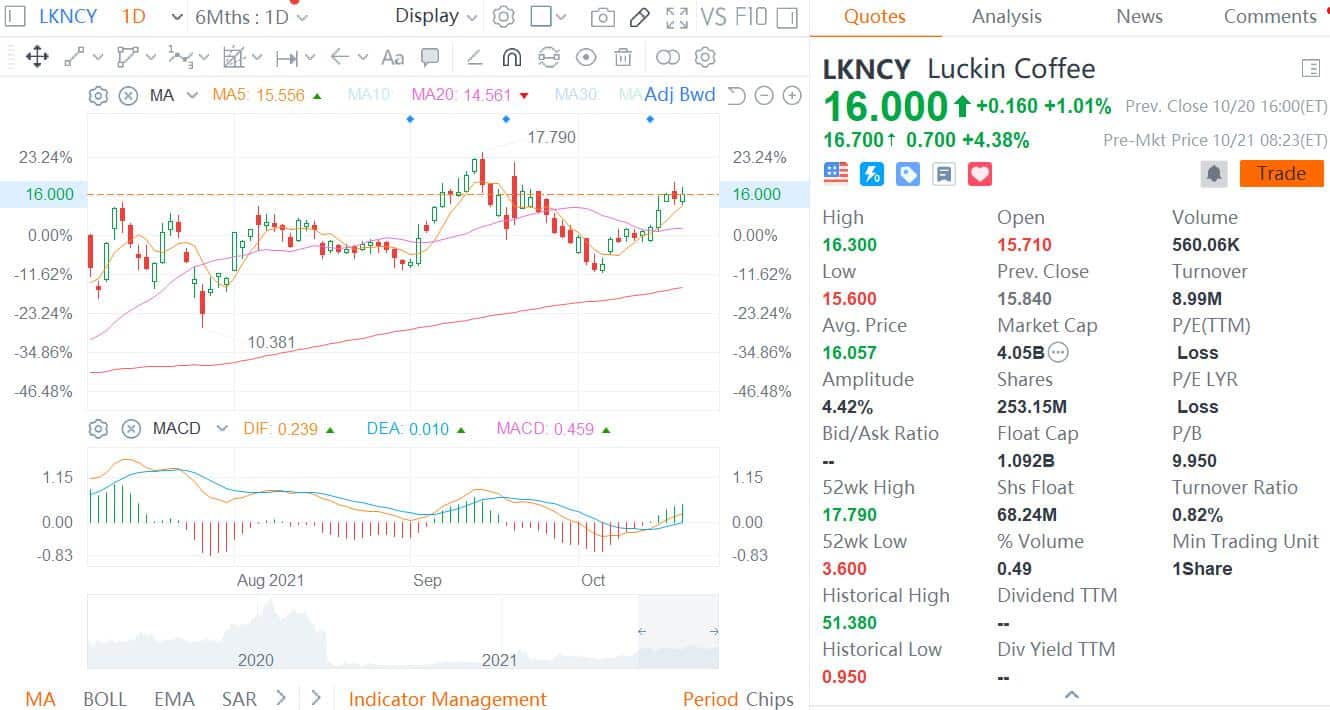
(Image from Unsplash)
Where does the new coronavirus come from? It is a question for everyone after the outbreak, and it is also an important scientific basis for effective prevention and control.
On January 23, Shi Zhengli's team of Wuhan Institute of Virology, Chinese Academy of Sciences published an article stating that the natural host of the new coronavirus or the Chinese chrysanthemum head bat.
On January 24, a team of professor Zhu Huaiqiu from the Department of Biomedical Engineering of Peking University School of Engineering published an article suggesting that mink may be an intermediate host for the new coronavirus.
On February 7th, South China Agricultural University released news that the sequence similarity between the strain isolated from the pangolin and the currently infected human was as high as 99%, suggesting that the pangolin is a potential intermediate host for the new coronavirus.
On February 18, the Guan Yi team of the University of Hong Kong and Hu Yanling's team of Guangxi Medical University published a paper stating that pangolin may be a potential intermediate host for the new coronavirus.
On February 26, Liu Longlian's research group of the People's Hospital Affiliated to Hubei Medical College and other papers published in the Journal of Medical Virology pointed out that the composition and difference between the coronavirus spike protein and the host ACE2 receptor were used to predict turtles Turtles, green sea turtles, Chinese sturgeon) may also be potential intermediate hosts for transmission of new coronaviruses to humans.
On February 29, the official website of the CDC published the "China-WHO New Coronavirus Pneumonia (COVID-19) Joint Inspection Report".
The report states that the new coronavirus pneumonia is an animal-derived virus. The results of phylogenetic analysis of whole genome sequences show that bats appear to be hosts of the virus, but intermediate hosts have not been identified.
From bats to pangolins, to the South China seafood market, the source and transmission path of the new coronavirus is still confusing.
In the face of multiple studies, many people have raised questions: In the fight against the epidemic, what does it mean for researchers to spend so much time and energy in finding intermediate hosts?
Life Times interviewed Yang Zhanqiu, a professor at the Institute of Virology, School of Basic Medical Sciences, Wuhan University, to explain the role of intermediate hosts in virus transmission.
Intermediate host, virus transporter
The virus, as a non-cellular microorganism, cannot grow and replicate independently, and can only replicate itself in living cells of other organisms. The organism that provides the environment for the virus is the host.
Viruses rely on the host to provide the materials and energy needed for life activities, so as to continuously expand in the host; the host can spread the virus through a variety of ways, "helping" them to find a new host.
According to the way of virus transmission, the host is generally divided into natural host, intermediate host and final host.
Natural host
Refers to organisms that can provide a long-term, stable parasitic environment for the virus, but will not be infected by themselves. At this stage, although the possibility of the virus directly infecting humans from natural hosts cannot be completely ruled out, this probability is extremely low.
Because numerous studies have shown that progenitor viruses that exist in natural hosts, such as bats, cannot effectively utilize human susceptible cell receptors, thus limiting their potential for direct transmission to humans. The corresponding end host is an organism that provides nutrition, a place for survival and reproduction, and is damaged.
Intermediate host, final host
Intermediate host, as its name implies, is the host in the middle stage. It provides temporary nutrition and protection from viruses and can include multiple species. During virus transmission, it is often used as a vector to "transport" the virus from the natural host to the final host.
Taking the transmission path of the new coronavirus as an example, humans are the ultimate host. Most scholars believe that the natural host is bat, and the intermediate host has not been determined.
According to our knowledge of viruses, if a virus that has not previously been able to infect humans infects humans, there must be an intermediate host.
Intermediate hosts help the virus to evolve and adapt quickly so that it can use human susceptible cells to gain the ability to infect humans; at the same time, it helps the virus to approach humans and build a bridge for virus transmission.
Therefore, finding an intermediate host can provide a theoretical basis for the control of infectious diseases. That is to say, in controlling the source of infection, not only the infected patients must be isolated, but also the intermediate host, so that all the sources of infection are truly isolated and the transmission chain of the virus is cut off.
If the intermediate host is not controlled, the virus will continue to spread from the source even if the protection is done well in the later stage, which will cause the epidemic situation to easily repeat.
Taking the SARS coronavirus in 2003 (which can cause atypical pneumonia) as an example, research shows that at least 10 mammals are susceptible to the virus, but civet is generally considered to be the main intermediate host because it has the above mentioned Two characteristics:
First, the SARS-like coronavirus isolated from civet is highly homologous to the virus isolated from humans. The higher the homology, the closer it is, indicating that the coronavirus is more suitable for humans and has the conditions to infect humans.
Second, the early infected had had close contact with the civet. For this reason, at that time, Guangdong Province ordered the removal of all civets on the market, effectively curbing the spread of the epidemic. At the beginning of 2004, the large-scale settlement of civets once again prevented the continued transmission of the SARS virus.
On February 19th, Wang Chen, deputy director of the Chinese Academy of Engineering and an expert in respiratory and critical medicine, said in an interview with CCTV that SARS is highly transmissive and pathogenic. SARS coronavirus is not easy to survive after the host is quickly killed.
But unlike coronavirus pneumonia, SARS may turn into a chronic disease, coexisting with humans like the flu. We must make corresponding preparations in clinical diagnosis and treatment and production and life prevention.
Why is it so difficult to find an intermediate host?
Virus traceability is the study of the interpersonal transmission law and evolution history of viruses, and understanding the complete chain of viruses from natural hosts to intermediate hosts to the human world. It is the core scientific research link for epidemic prevention and control.
At present, the intermediate host of the new coronavirus has not been identified, Professor Yang Zhanqiu explained. This is because the source of the virus is complex and difficult to determine quickly. He said that there are several ways to find an intermediate host.
Targeting the source of the virus an important source of the new coronavirus is the Wuhan South China Seafood Market. If all wild animals sold in the market are tested sequentially, intermediate hosts may be found.
The National Institute for Disease Control and Prevention of Virus has detected 585 environmental specimens and animal specimens from the South China Seafood Market and many fresh markets in Wuhan. Data show that the outbreak may be related to wildlife trading. However, the surveillance video of the South China Seafood Market has not been able to be called up, and the investigation team has also been difficult to investigate the situation of the "re-examination". What was illegally sold and who sold it illegally has no precise result.
Therefore, it is difficult to quickly lock down the animals carrying the virus, and large-scale investigations are needed to identify suspected intermediate hosts.
Ask the first batch of diagnosed patients. By asking the first batch of patients' life trajectory before onset, they can infer the path of infection, such as what they have eaten and what they have contacted, and test and investigate according to their answers. In which link were they exposed to the new type Coronavirus.
Compare gene sequences Compare the genome sequence of the new coronavirus with the known virus sequence database to find similarities. The higher the homology between the two, the closer they are, indicating that the coronavirus is more suitable for the human body and has the conditions to infect people. This is very important evidence, but it cannot be used as the sole basis for judging whether it is an intermediate host.
Reasonable speculation in the absence of precise information, we can only speculate which wildlife may carry the virus and then test it.
In theory, the intermediate host can be any animal, so the number of samples to be analyzed is very large. Comparing and analyzing each animal requires a lot of time and energy, which makes the traceability work impossible to complete quickly.
Infectious disease viruses that have caused major health events have basically solved their transmission path problems. Some infectious diseases with intermediate hosts have also found intermediate hosts.
For example, the Middle East Respiratory Syndrome virus came from bats and was transmitted to humans via an intermediate host, camel. However, not all viruses need to be transmitted through intermediate hosts.
We can avoid many infections without touching wildlife
Although the intermediate host of the new coronavirus has not been found, it is basically certain that it is a wild animal.
Wild animals are memories and amplifiers of bacteria, viruses, parasites and other pathogens: For example, many studies have shown that bats can carry more than 100 viruses, including the new coronavirus, SARS coronavirus, etc., and have a strong ability to transmit viruses; Rats may carry Yersinia bacteria, which can be transmitted to humans and animals through fleas and the like, causing plague ... Although these wild animals carry a certain virus for a long time, they will not get sick.
However, when they are captured, transported, reared, slaughtered, and processed by humans, the viruses in their bodies will infect humans through various channels such as blood, secretions, and feces.
Therefore, we do not want to make some viruses harm humanity because of the desire for appetite. Today, outbreaks of infectious diseases in a region may quickly spread to the world through rapid transportation and become an enemy threatening human health.
Put an end to wild animal consumption, stay away from wild animals, and reduce the invasion of wild animal habitats. From a young age, it can reduce the risk of individuals suffering from infectious diseases. In a big way, it means controlling major public health risks from the source.
Special Report: Fighting The New Coronavirus









